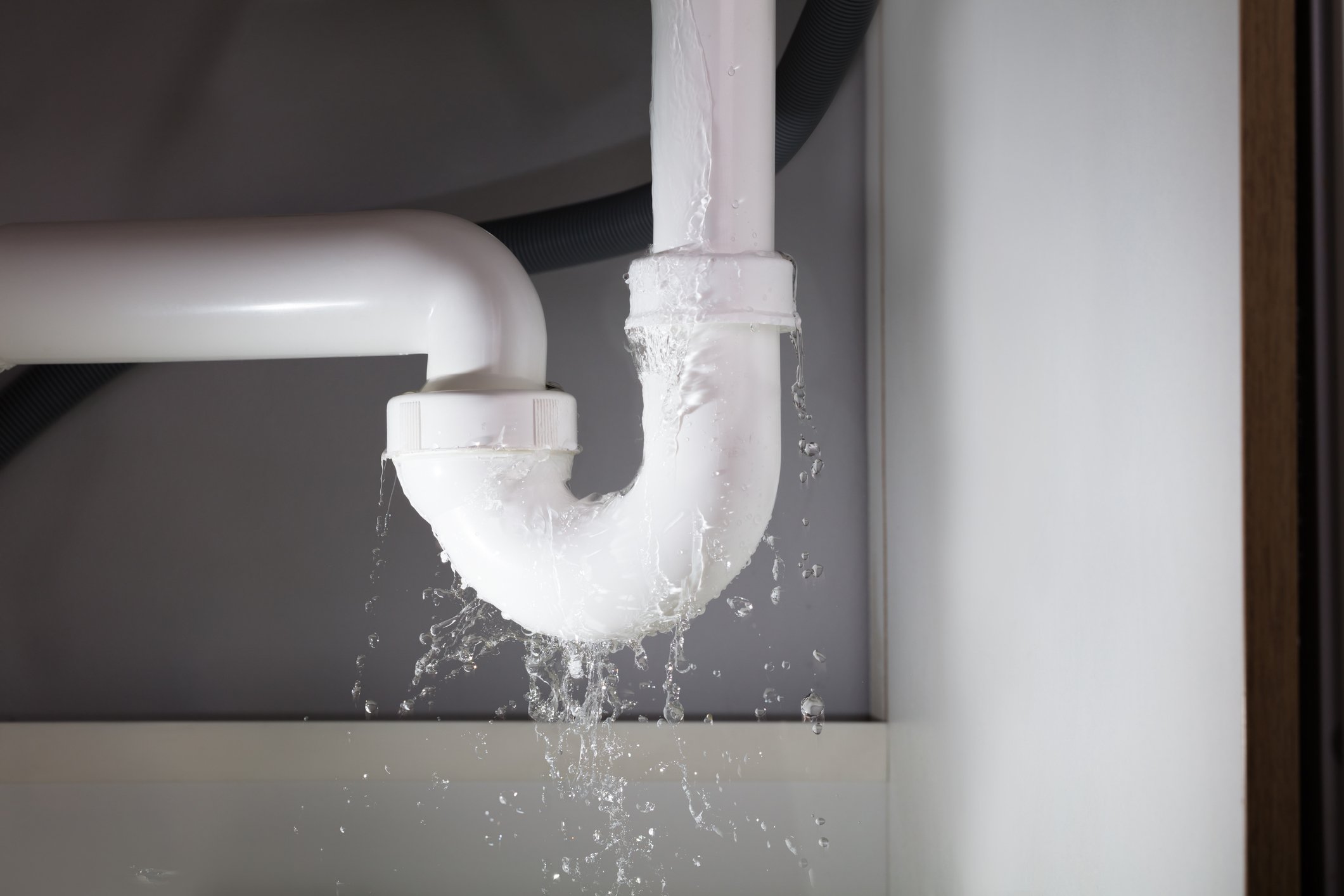What're your opinions on How to Repair and Prevent Bathroom Water Damage??

Water damage frequently happens in the bathroom as a result of the water used day-to-day. Often, the damages could be a little mold from the shower. Other times, it's massive damages on your flooring. Whatever it is, it is always great to know the reason and also avoid it before it happens.
This overview will certainly go through some of the usual sources of water damage in the washroom. We will certainly also analyze what you can do to stop these causes from damaging your shower room. Let's dive in.
These are the common reasons you would certainly have water damage in your restrooms and just how you can identify them:
Excess Moisture
It's trendy to have that lengthy shower and dash water while you hem and haw as well as act like you're doing, but sometimes these acts might cause water damage to your washroom.
Sprinkling water around can create water to visit corners and also develop mold and mildews. Enjoy how you spread out excess moisture around, as well as when you do it, clean it up to prevent damages.
Fractures in your wall surface ceramic tiles
Bathroom wall tiles have been particularly developed for that objective. They secure the wall surface from wetness from people taking showers. Nevertheless, they are not indestructible.
Often, your washroom wall floor tiles crack as well as permit some moisture to leak right into the wall surface. This could potentially ruin the wall surface if you do not take any action. If you observe a split on your wall surface tiles, repair it quickly. Do not wait until it destroys your wall.
Overflowing bathrooms as well as sinks
As human beings, occasionally we make blunders that can create some water damage in the bathroom. For example, leaving your sink tap on might create overflowing as well as damages to various other parts of the washroom with wetness.
Also, a faulty bathroom could create overflowing. As an example, a damaged toilet manage or other parts of the tank. When this occurs, it can damage the floor.
As quickly as you notice an overflowing sink or bathroom, call a plumbing professional to assist deal with it right away.
Ruptured or Dripping Pipes
There are numerous pipes bring water to different parts of your shower room. Some pipelines take water to the commode, the sink, the faucets, the shower, and also several various other places. They crisscross the small area of the bathroom.
Every so often, these pipelines might get rustic as well as burst. Various other times, human action might trigger them to leak. When this happens, you'll find water in the corners of your washroom or on the wall surface.
To detect this, keep an eye out for gurgling wall surfaces, mold and mildews, or mildew. Call an expert emergency plumber to fix this when it takes place.
Roof covering Leakages
Often, the issue of water damage to the shower room might not come from the washroom. As an example, a roofing leak can cause damages to the restroom ceiling. You can identify the damages done by taking a look at the water discolorations on the ceiling.
If you locate water spots on your ceiling, check the roofing to see if it's damaged. After that, call a professional to assist solve the problem.
Verdict
Water damage to your restroom can be aggravating. Nonetheless, you can manage it if you protect against several of the reasons discussed in this guide. Call an expert emergency plumbing if you discover any extreme damages.
How to Prevent Water Damage in Your Bathroom?
Water damage repair is an expensive, meticulous, and lengthy process. Unfortunately, bathrooms are the most susceptible rooms to water damage due to toilets, showers, and sinks. Pipes and fixtures wear out over time and are not immune to damage. But all is not lost, as there are ways to prevent water damage from occurring in your bathroom.
Check Your Plumbing
Nothing lasts forever, especially pipes, which can rust and begin leaking over time. You should periodically conduct pipe inspections and pay attention for any musty smells or water stains that may indicate you need water damage repair. Here are some things to check:
Frequently test valves for your toilet, shower, and sink to ensure they are properly working. Check faucet supply lines hidden under vanities and replace when needed. Replace cracked or deteriorating caulking along sinks, tubs, and showers. If you notice a clog in your sink, call in a professional. Since you can’t check the pipes in the wall, keep an eye out for stains, drywall bubbling, musty smells, and excess moisture; if the bathroom is on a second level, check the ceiling of the room directly below for these signs. Don’t Overwork Your Toilet
One of the most common reasons bathrooms need water damage repair is due to overflowing toilets. Save yourself the hassle of cleanup by being mindful and not pushing your toilet to extreme limits. If you have young children, it is especially important to keep an eye on them when they are in the bathroom and to teach them how to avoid clogging the toilet. Here are some more tips to help prevent your toilet from overflowing:
If you have a septic tank, only use septic-safe toilet paper Do not flush anything down the toilet besides toilet paper; items like diapers and sanitary napkins will clog the piping Pay attention to your toilet’s water level: If it’s low, it could mean it is partially clogged or that there is a crack in the toilet bowl https://www.alure.com/home-improvements-blog/resources/how-to-prevent-water-damage-in-your-bathroom

As an enthusiastic reader on How to Repair and Prevent Bathroom Water Damage?, I assumed sharing that piece of content was appropriate. Are you aware of anybody else who is in the market for the topic? Be sure share it. Thank-you for your time invested reading it.
Plumbing crisis? Reach out!